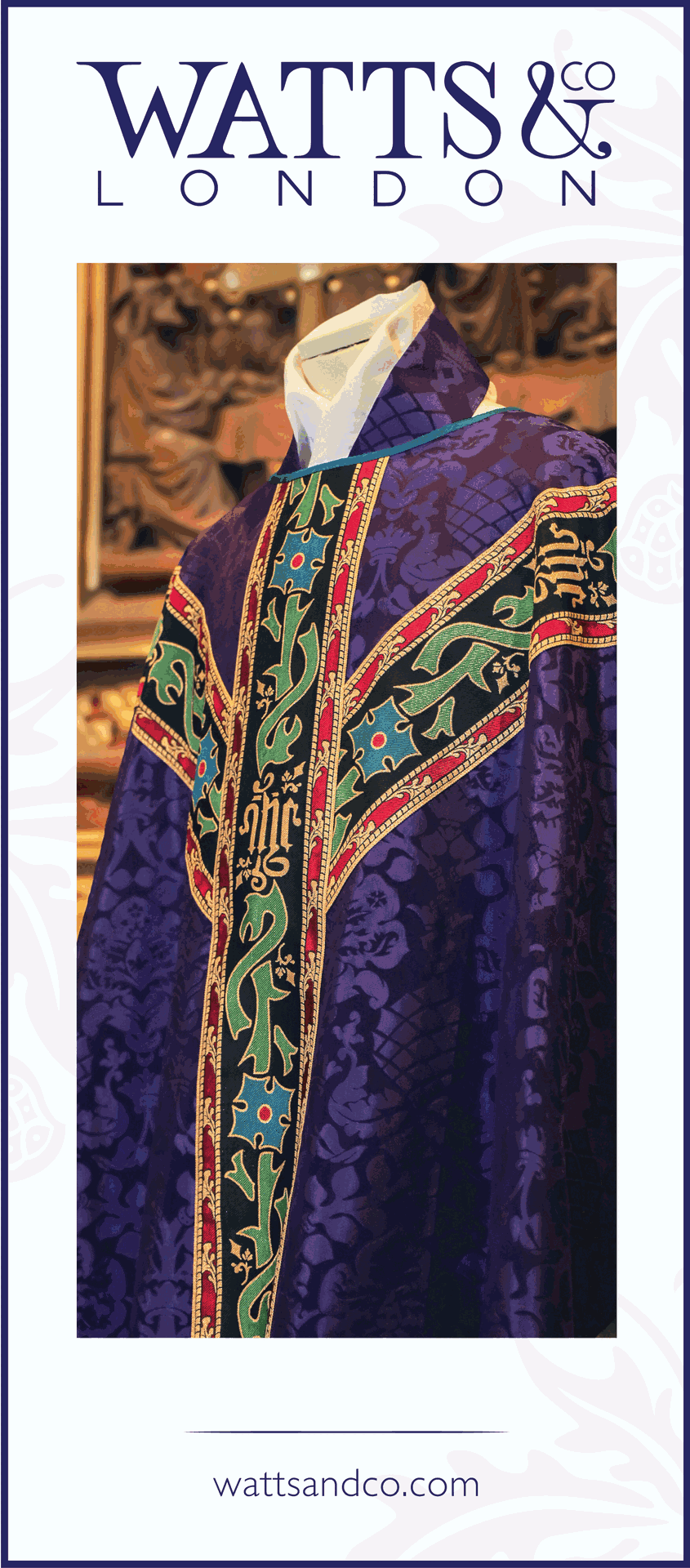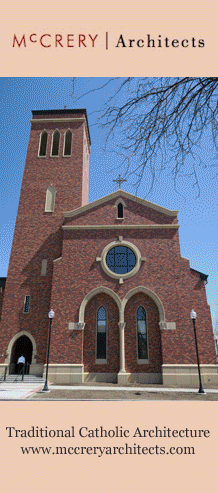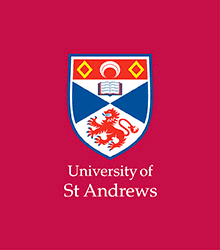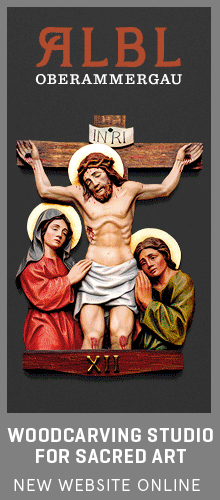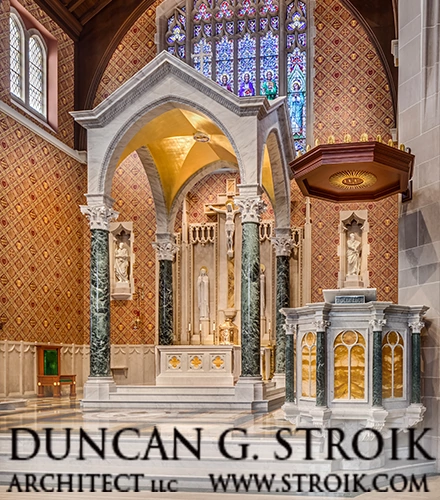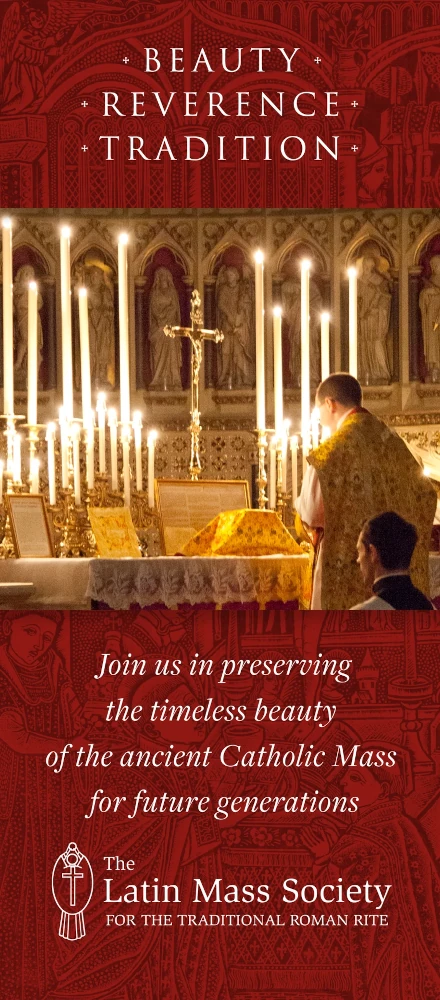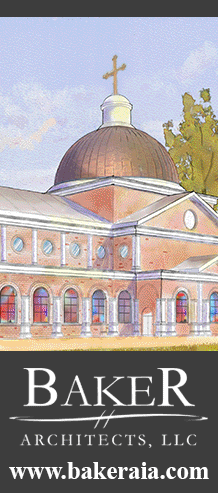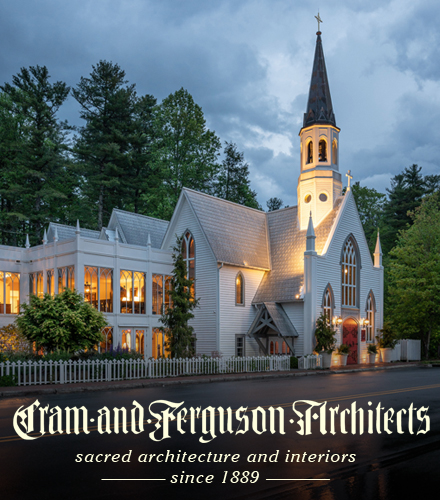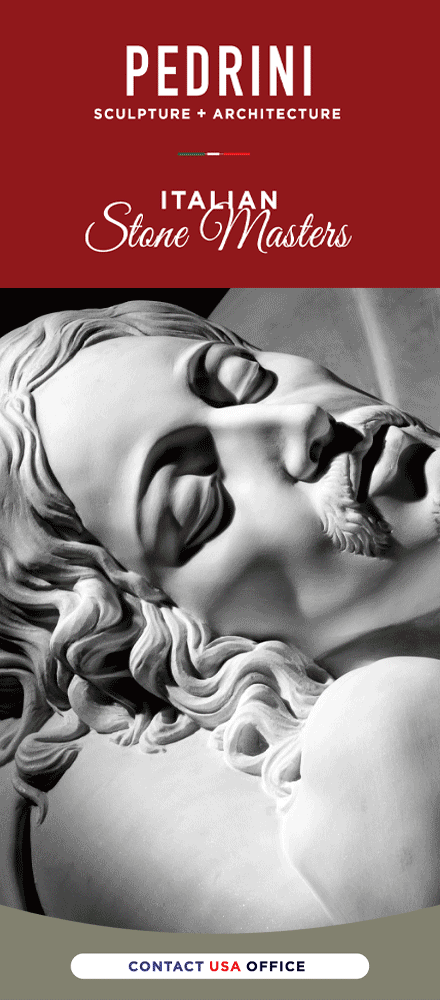As you'll likely note, I've been focusing my attention these past few days on the Institute of the Good Shepherd. This is because we haven't had the opportunity outside the French speaking world to hear so much about them since the flurry of information surrounding their establishment within the Church. A view into their life and existence shows the same story found in so many communities attached to our liturgical tradition, most especially in France it would seem, that of a very youthful face. I was heartened by the youthfulness of their parish schola for instance and the army of young servers.To further my own exploration of them, and in hopes of helping to promote their work here on the NLM, I was browsing through the website of their seminary, Séminaire Saint Vincent de Paul. There they have some photographs of their seminary which are quite nice (see here as well), but what I was particularly pleased to find there some liturgical photographs of some of three of their seminarians receiving the cassock, or in French, the "soutane."
Do note, after the photos immediately below, I will provide a commentary and advocacy for the continuance (in the classical rite) and restoration (in the modern rite) of the Minor Orders. So do read on after the photos.
The PDF is quite large and gives 50 or so photographs, but here are a few select samples of those photos. The pictures are from within their main church in parish in Paris, France, Saint-Eloi.
A Comment on Minor Orders in Seminary Formation [updated]
I've often been struck by the wisdom of a seminary path whereby a young man would pass through particular 'rites of passage' if you will, along the way to Holy Orders. For those who aren't familiar with this, until 1972 when this was changed, there were four minor orders (Porter, Lector, Exorcist, Acolyte) followed by the three major orders (Subdeacon, Deacon, Priest). As a seminarian went through his seminary training, he received these 'preparatory offices.'
The initial part of this, and the introduction into the 'clerical state', would see new seminarians move from the state of wearing lay clothes to receiving the tonsure and being vested with the cassock. (This is what is pictured above).
The reason I speak of this as being "wise" is for a couple of simple reasons. We look at the liturgical year in terms of the sanctification of time. It seems to me that in that seven year journey to the priesthood, the reception of these minor orders, and eventually the major orders, can be a kind of means for sanctifying the time of seminary formation and the journey to the Catholic priesthood in a way analagous to how the liturgical year sanctifies the days and months of the year and focused the mind upon the mysteries of our salvation -- particularly so if these are dispensed throughout one's years in the seminary as is typically done in today's classical rite seminaries to the best of my knowledge.
From a spiritual perspective, having such spread out through one's time in seminary (which wasn't always the case as some of our commenters have noted, but which certainly seems more the case in classical rite seminaries now) would certainly be very helpful in keeping one's mind and heart focused upon the precise journey one is undertaking and discerning. It further can help emphasize the clerical state and further distiguish seminary formation from simple lay education.
As well, simply from a human, even psychological, perspective it seems that people naturally crave after and need milestones and rites of passage. These things help to keep them focused from that perspective and give one a sense of progress and purpose. In the case of the seminary, as the years go by, the steps toward Holy Orders become clearly delineated.
It seems to me this would not only help in the process of discernment, but it would also help encourage and keep seminarians on that path by means of the sense of focused progress lent to it by reception of those preparatory offices.
This path of the minor and major orders is of course retained in seminaries of the classical Roman rite today, but I should like to hope that at some point, whether our present pontiff or a future one, might look to restore this for all of the Roman rite.

